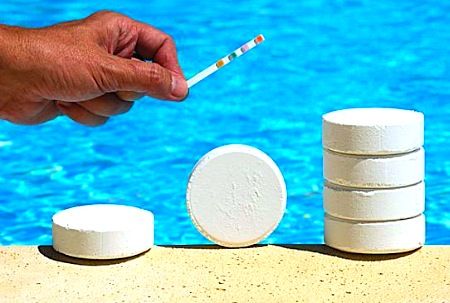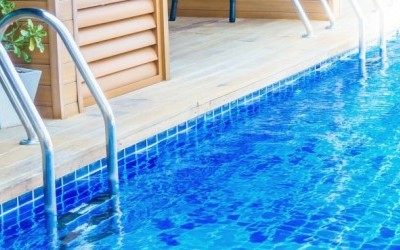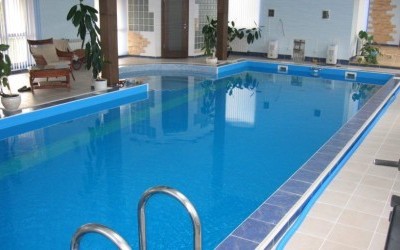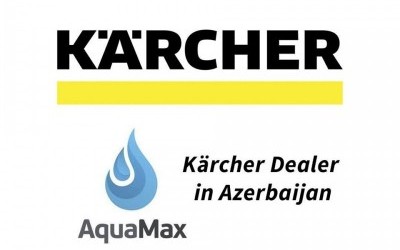Water disinfection in pools
 Water disinfection in pools is a critical aspect of ensuring water safety and cleanliness. There are several different methods and types of water disinfection, each with its own advantages and characteristics. Here are some of the most common types of water disinfection in pools:
Water disinfection in pools is a critical aspect of ensuring water safety and cleanliness. There are several different methods and types of water disinfection, each with its own advantages and characteristics. Here are some of the most common types of water disinfection in pools:
1. Chlorination: Chlorination is one of the most common methods of water disinfection in pools. Chlorine is added to the water in the form of liquid, tablets, or gas, and it effectively destroys bacteria and microorganisms. Chlorination is effective and relatively cost-effective.
2. Ozonation: Ozonation involves the use of ozone (O3), which is generated using ozone generators. Ozone is a powerful oxidizer that kills bacteria and viruses. Ozonation is an effective method but may require additional equipment.
3. Ultraviolet (UV) Disinfection: UV lamps kill microorganisms in water by exposing it to ultraviolet light. This method is safe and effective but may not remove certain types of contaminants.
4. Salt Systems (Electrolysis): Electrolysis using salt converts salt into chlorine, providing water disinfection. This method is gentler on the skin and eyes compared to traditional chlorination.
5. Bromination: Bromine is used for water disinfection, especially in indoor pools where chlorine can quickly evaporate. It is more stable and effective at higher temperatures.
6. Ionization and Filtration Systems: Some pools use systems that utilize copper and silver ions to kill microorganisms. Filtration is also a crucial part of the disinfection process, removing particles and impurities from the water.
The choice of a disinfection method depends on various factors, including the type of pool, climate conditions, budget, and the desired level of disinfection. It&single_quot;s important to select and regulate the disinfection method properly to maintain clean and safe pool water.






